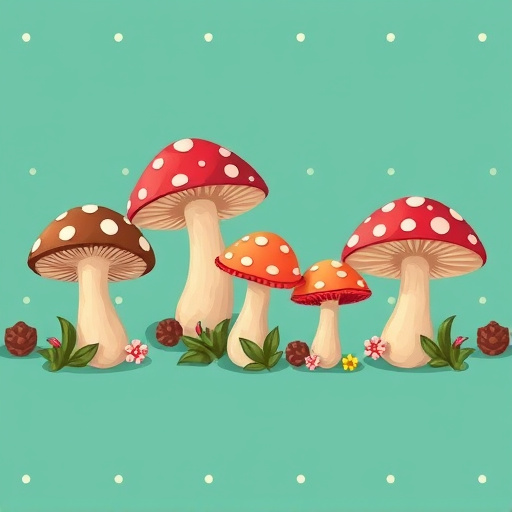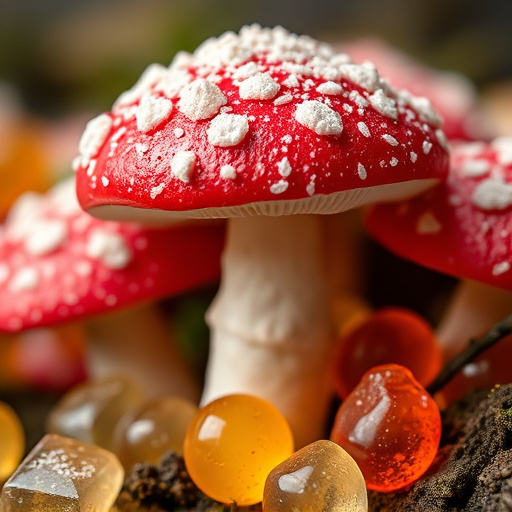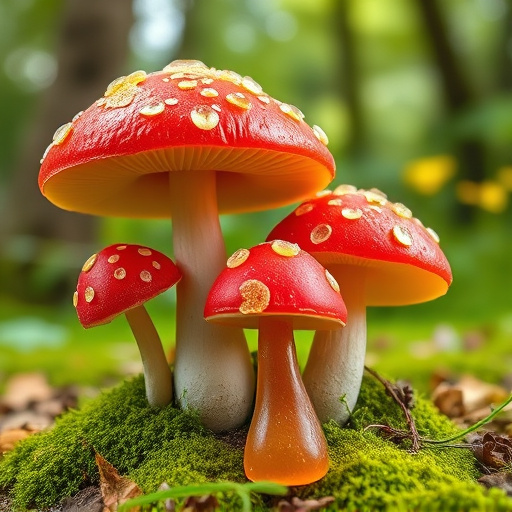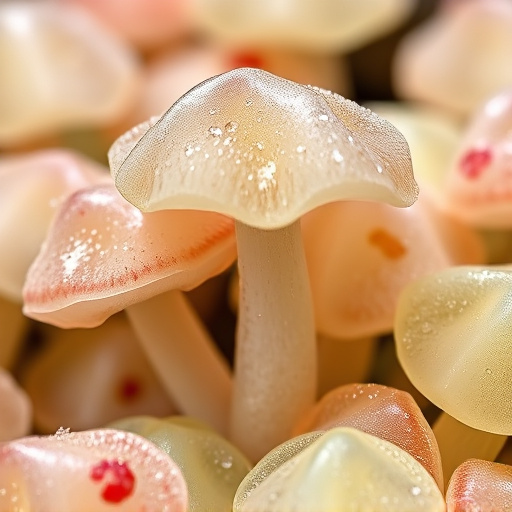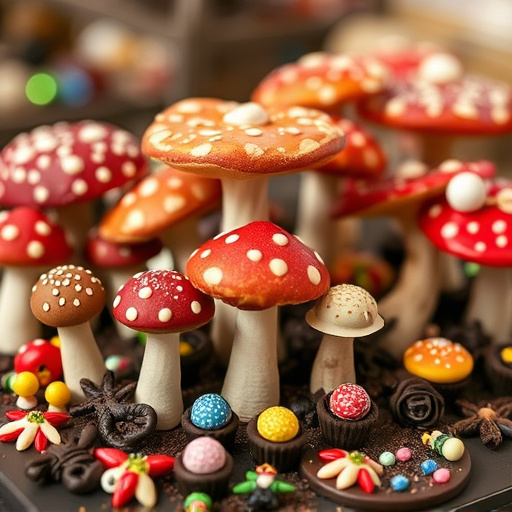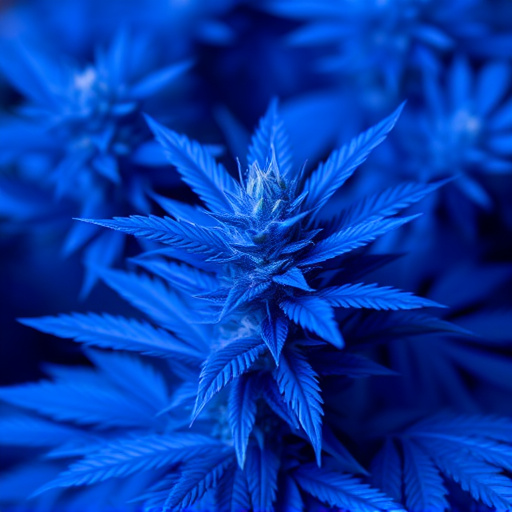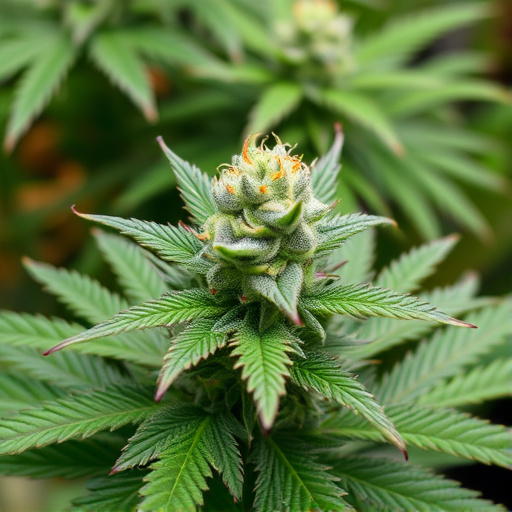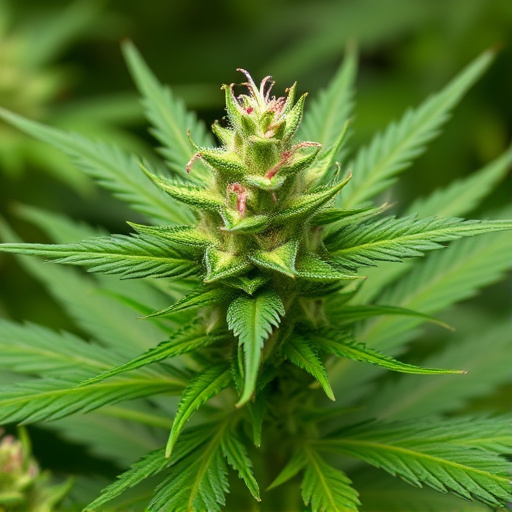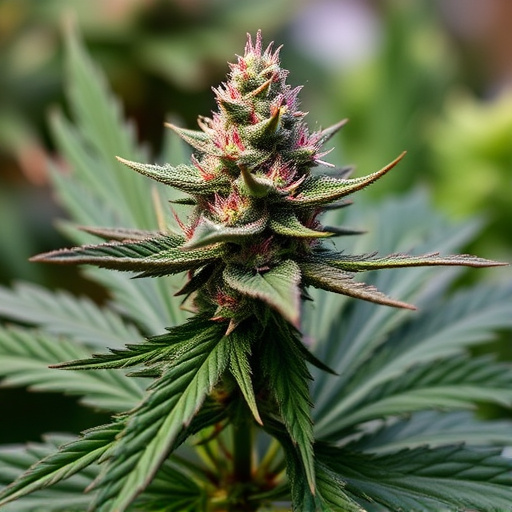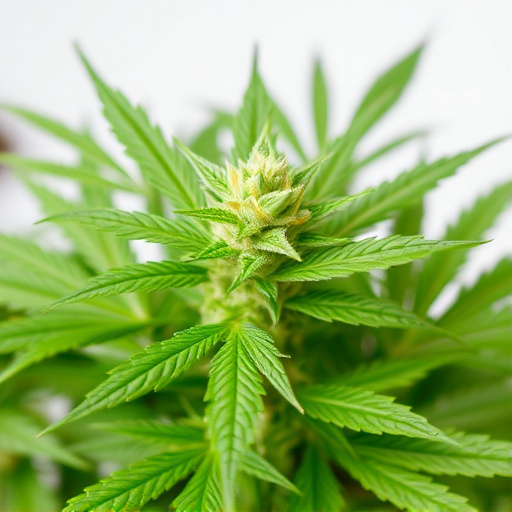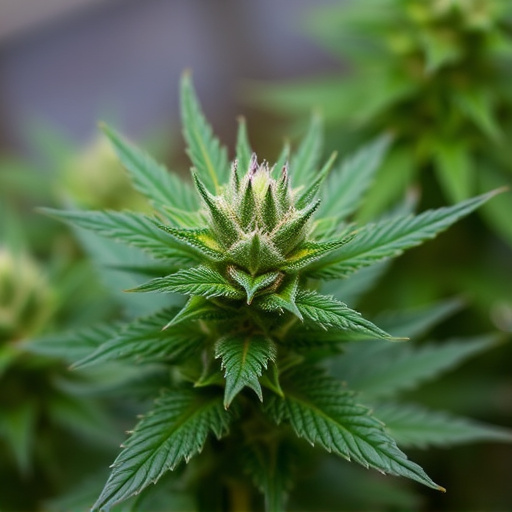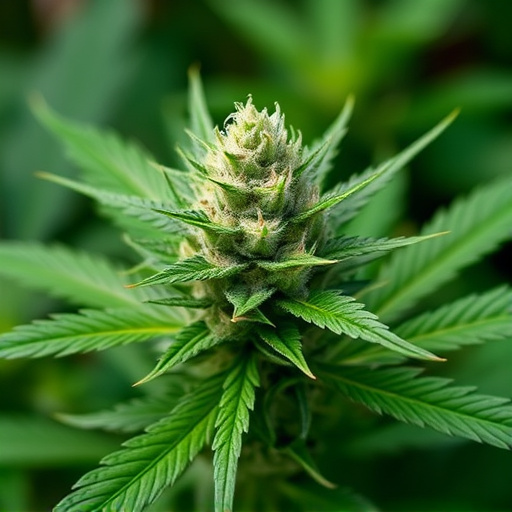Cannabis flowers display vibrant colors driven by chemical reactions influenced by environmental factors. Pigments like anthocyanins and carotenoids create hues, with stress accelerating flowering and intensifying colors. Specific pigments in ADHD strains may contribute to their therapeutic effects. Growers can cultivate particular colors through terpene and cannabinoid interactions, developing strains tailored to diverse user needs, including those with ADHD. Color is a key indicator of medicinal properties in cannabis strains for ADHD management, reflecting cannabinoid levels that influence therapeutic outcomes.
Discover the captivating reason behind cannabis flower color transformations! This article unravels the intricate science of cannabis pigmentation, exploring how terpenes and cannabinoids play a pivotal role in the vibrant hues. Delve into the fascinating connection between these chemical compounds and the diverse colors across various cannabis strains. Furthermore, learn how strain selection, considering both cannabinoid profiles and visual cues, can be beneficial for managing ADHD symptoms.
- Understanding Cannabis Flower Pigmentation: The Science Behind the Colors
- How Terpenes and Cannabinoids Influence Color Changes in Cannabis Strains
- Exploring Cannabis Strains for ADHD Management: Considering Color as a Factor
Understanding Cannabis Flower Pigmentation: The Science Behind the Colors
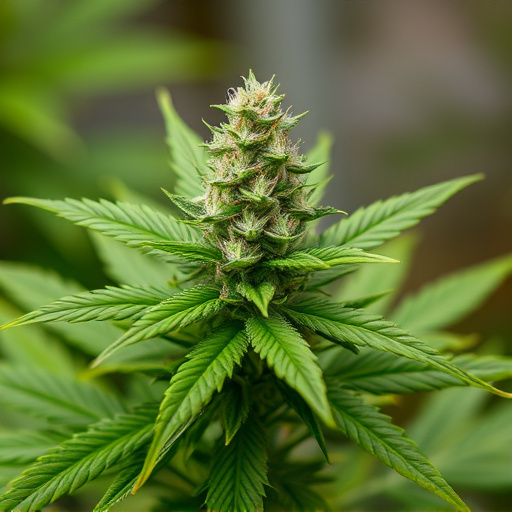
Cannabis flowers display a diverse range of colors, from vibrant purples and blues to warm oranges and reds, each with its unique charm. Understanding why these colors change during flowering is a fascinating journey into the science behind cannabis pigmentation. The colorful palette isn’t merely aesthetic; it’s a result of complex chemical reactions that occur as the plant matures.
These colors are produced by various pigments, primarily anthocyanins, which give flowers their red and blue hues, and carotenoids, responsible for yellow, orange, and green shades. Environmental factors play a pivotal role in pigment production. For instance, stress from adverse conditions like drought or disease can trigger the plant to accelerate the flowering process, leading to more intense colors. When it comes to cannabis strains known for helping manage ADHD symptoms, specific pigments may contribute to their potential therapeutic effects, making color changes an intriguing aspect to consider in breeding and cultivation practices.
How Terpenes and Cannabinoids Influence Color Changes in Cannabis Strains
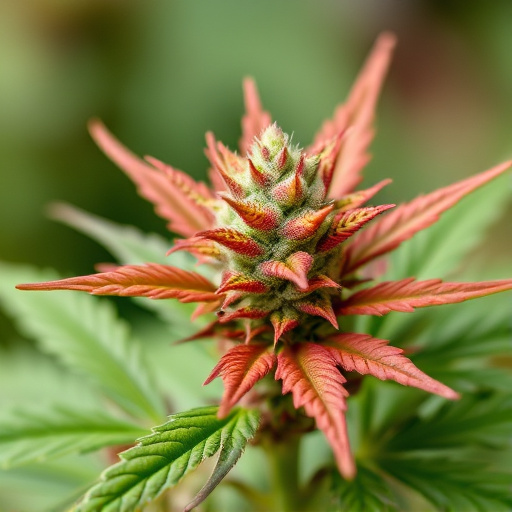
Cannabis flower color changes aren’t merely aesthetic; they’re a result of complex chemical interactions driven by terpenes and cannabinoids. Terpenes, aromatic compounds responsible for cannabis strains’ distinct scents, also play a crucial role in pigment production. As these volatile oils interact with other plant chemicals during the flowering stage, they can influence the final color, ranging from rich purples to vivid greens.
Cannabinoids like THC and CBD, known for their therapeutic properties, further contribute to color variations. Specific cannabinoid profiles can enhance or alter pigment expression, leading to unique visual characteristics. For instance, higher levels of CBG (cannabigerol) in cannabis strains for ADHD may produce flowers with hints of blue or gray. Understanding these chemical interactions offers growers insights into cultivating specific colors and potentially tailoring cannabis strains to diverse user needs.
Exploring Cannabis Strains for ADHD Management: Considering Color as a Factor
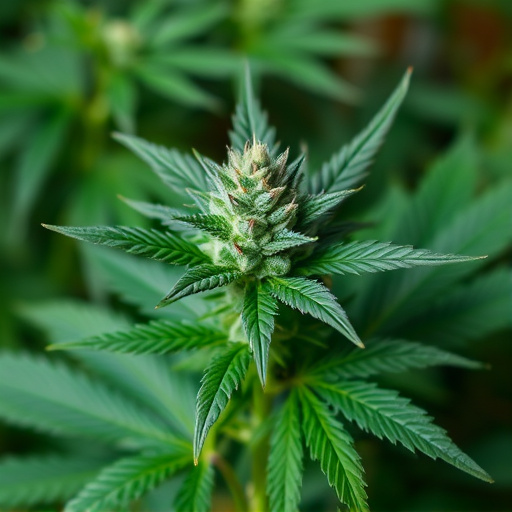
Cannabis has gained attention as a potential treatment for various conditions, including Attention Deficit Hyperactivity Disorder (ADHD). When exploring cannabis strains for ADHD management, one unique aspect to consider is color. The vibrant hues of cannabis flowers can provide insights into their chemical composition and potential therapeutic effects. Different colors in cannabis are indicative of varying levels of cannabinoids like THC and CBD, which play crucial roles in its medicinal properties.
Strains with richer, deeper colors often contain higher concentrations of specific cannabinoids. For instance, strains turning purple or blue tend to have elevated levels of CBD, known for its calming and anti-inflammatory effects. On the other hand, green or yellow strains may have more THC, responsible for inducing euphoria and potential cognitive enhancements. Thus, understanding the color variations in cannabis can help individuals with ADHD make informed choices when selecting strains that align with their specific needs and desired outcomes.
Cannabis flower color changes are a fascinating result of complex interactions between terpenes, cannabinoids, and pigments. These variations not only offer a visually appealing diversity but also play a role in the therapeutic potential of different cannabis strains, including those considered for ADHD management. By understanding the science behind these colors, consumers can make more informed choices when selecting cannabis strains that align with their specific needs and preferences.

